Obama in Japan for tension-filled Asia trip
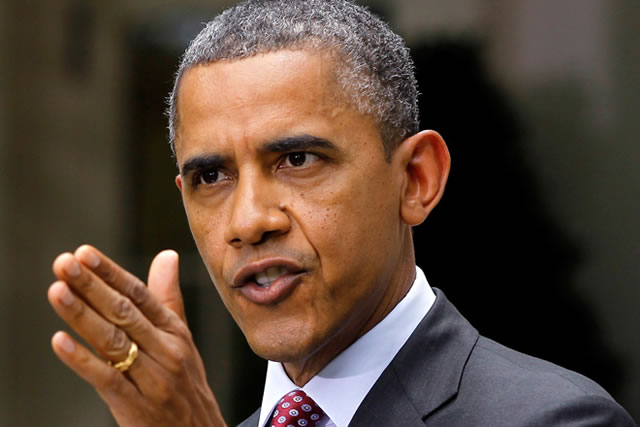
Tokyo — US President Barack Obama landed in Tokyo yesterday to launch an Asian tour dedicated to reinvigorating his policy of “rebalancing” US foreign policy toward a dynamic Asia.Obama landed aboard Air Force One to begin a state visit to Japan, which comes as regional tensions boil over maritime territorial disputes and fears that North Korea could soon carry out a new nuclear test.
The president touched down a day after nearly 150 lawmakers paid homage at a controversial Tokyo war shrine seen by neighbouring nations as a symbol of Japan’s brutal imperialist past, and shortly after the prime minister made a shrine offering.
Days earlier, China seized a huge Japanese freighter over what a Shanghai court says are unpaid bills relating to Japan’s 1930s occupation of vast swathes of the country.
In the seas to the southwest, boats from China and Japan spar for ownership of a small chain of islands.
And an ever-unpredictable North Korea — which has denounced the presidential tour as “reactionary and dangerous” — appears to be trying to seize the spotlight with preparations for a fourth nuclear test.
Despite the increasingly tense security situation, getting top regional US allies Japan and South Korea — Obama’s next destination – to talk to each other is tricky.
South Korean President Park Geun-Hye and Japanese Prime Minister Shinzo Abe have met just once since both came to power over a year ago, and only then when the US leader cajoled them into a choreographed photo op.
East Asia is a tumultuous region with a multitude of fractures that the US has done little to mend over the last half-century, said Christian Wirth, a research fellow at Griffith University in Australia.
“Since the establishment of the post-war regime in San Francisco in 1951 and the onset of the Korean War in 1950, [the US has been] directly and deeply involved in East Asian politics,” he said.
“Washington’s preference for bilateralism has contributed to the lack of intra-Asian co-operation and historical reconciliation.”
That bilateralism began yesterday evening with a one-on-one dinner between Obama and Abe, reportedly at an exclusive sushi restaurant in the basement of an ageing office building in the glitzy Ginza district of Tokyo.
Sukiyabashi Jiro’s less-than-plush surroundings notwithstanding, it is the proud possessor of three Michelin stars, and gourmets flock to pay a minimum $300 for 20 pieces of sushi chosen by the 88-year-old patron, Jiro Ono.
Over dinner Obama will likely try to reassure Abe that the US is focused on Asia following its foreign policy “rebalancing” eastwards, analysts say.
The Middle East still draws a large measure of US attention, and the Ukraine crisis has rekindled interest in Europe. The cancellation of Obama’s visit to the region last year to deal with a domestic budget battle didn’t help.
However, “the so-called ‘pivot’ or ‘rebalancing’ is causing more confusion and increases tensions rather than stabilising an already dynamic region”, said Wirth.
“It heightens fears of containment on the part of China and increases expectations of military protection, and at times lends itself to assertive policies on the part of some US allies.”
On this trip Obama must walk a tightrope between calming Chinese fears of US encirclement and bolstering regional allies.
Manila, the final leg of the tour, will be looking for reassurances from its protector in chief.
Having mounted a plucky stand over disputed South China Sea reefs against the might of Beijing, the Philippines needs to be told the US still has its back.
Tokyo frets Washington may not offer wholehearted support if push came to shove over the Japanese-controlled Senkaku islands, which Beijing claims as the Diaoyus. — AFP

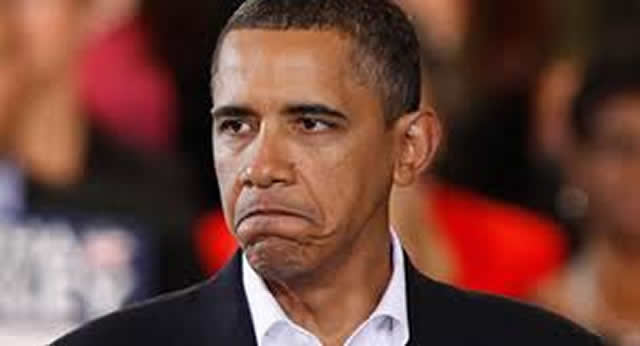
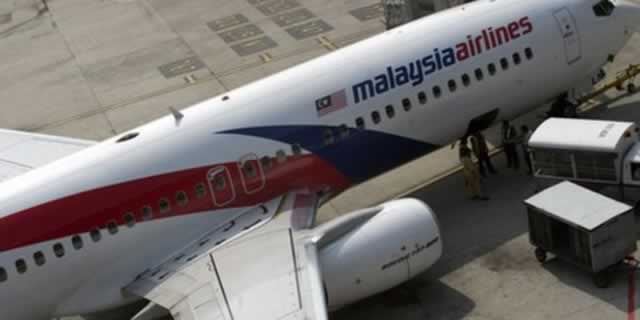
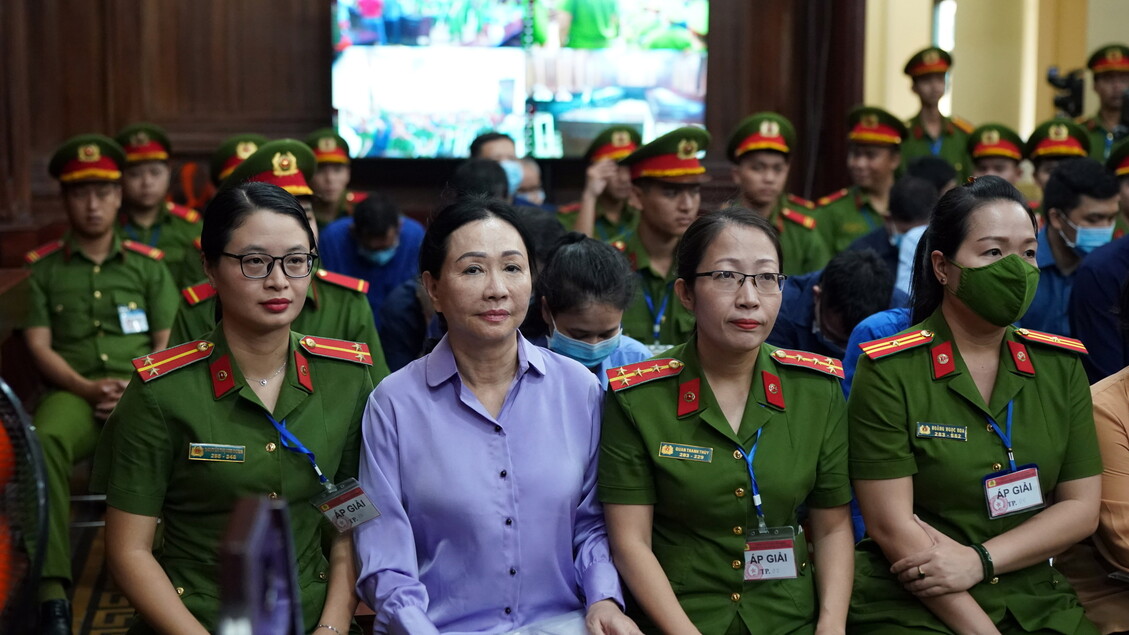
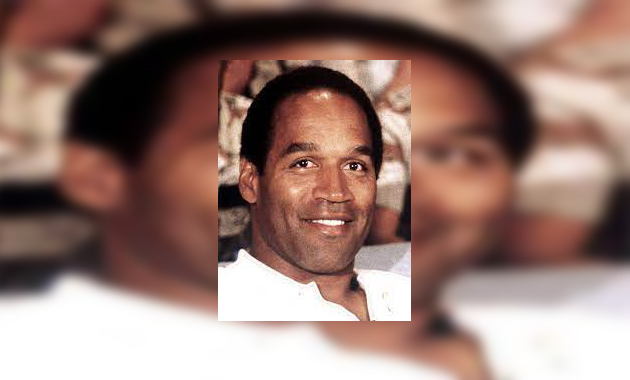
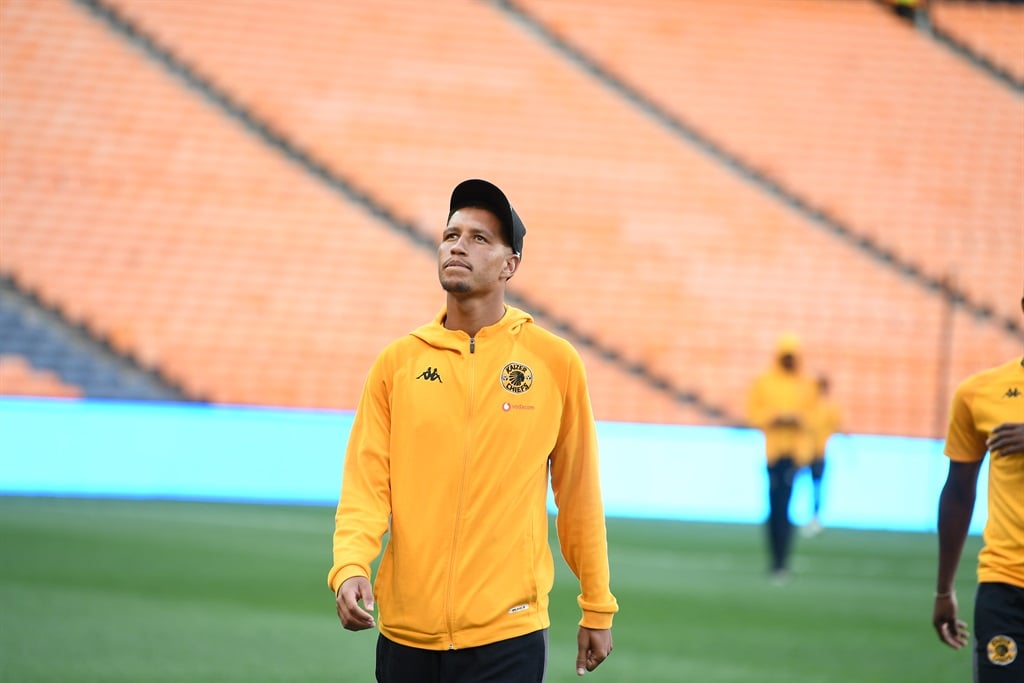





Comments